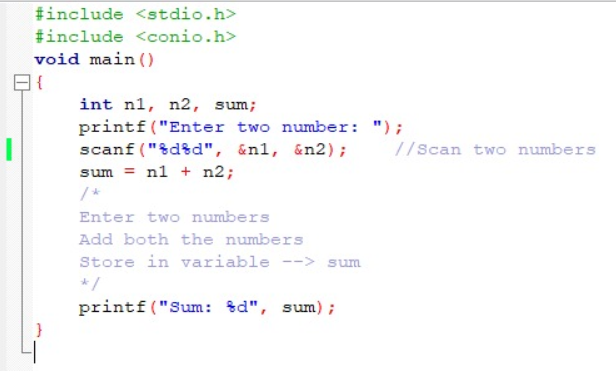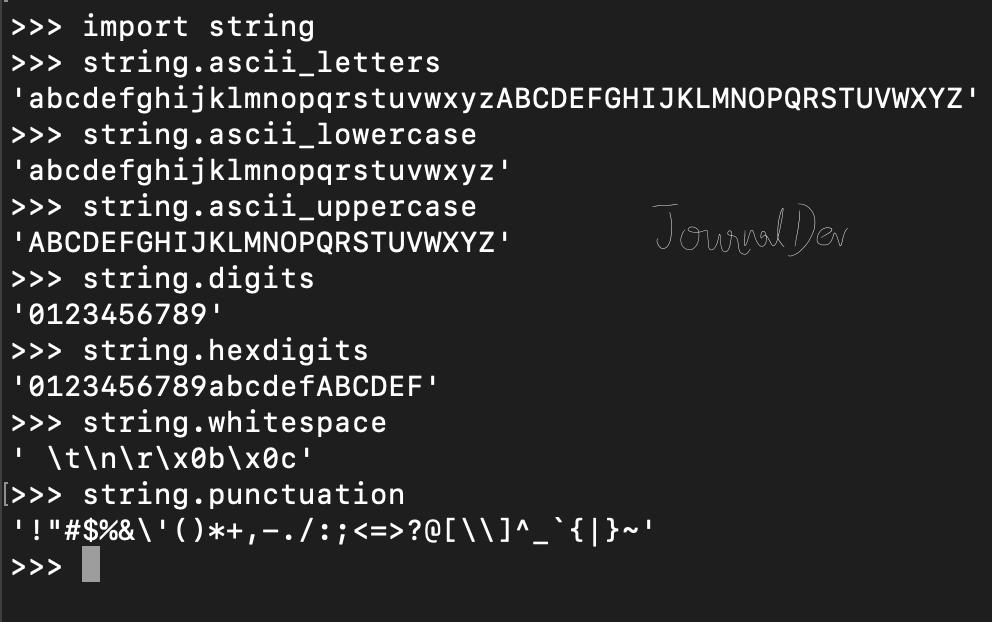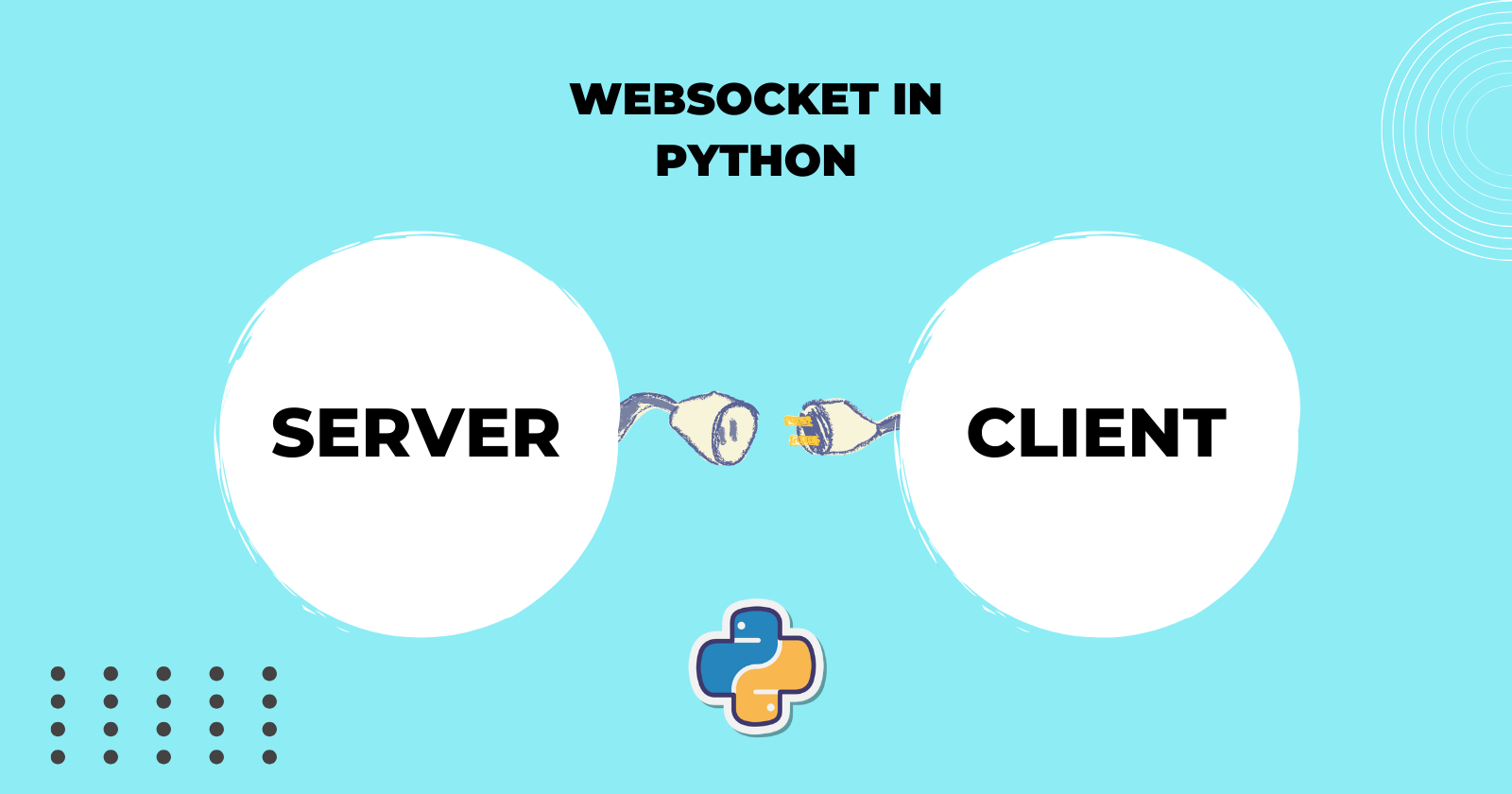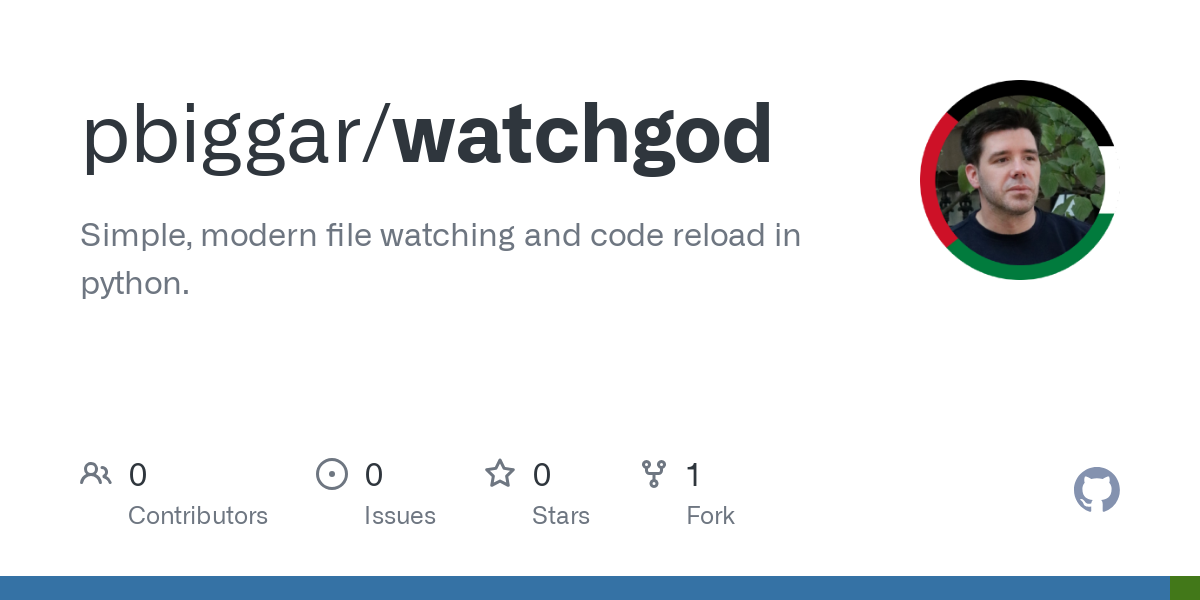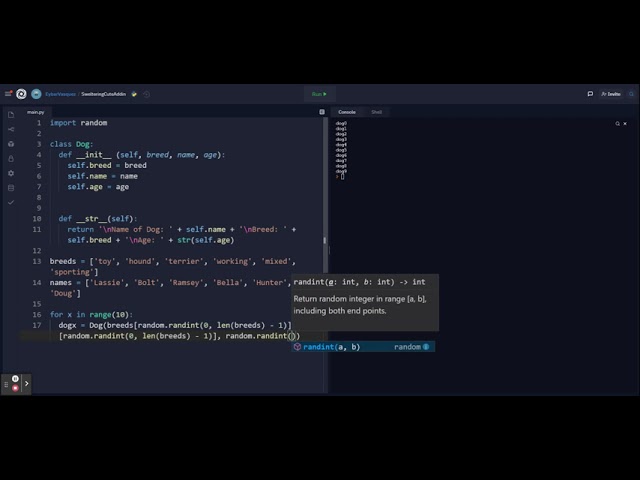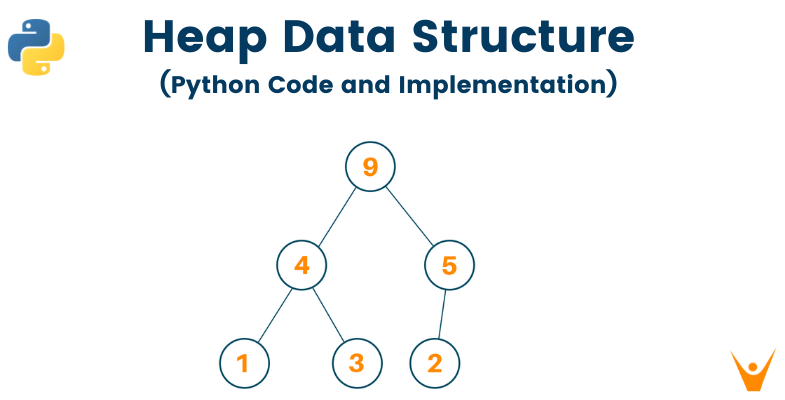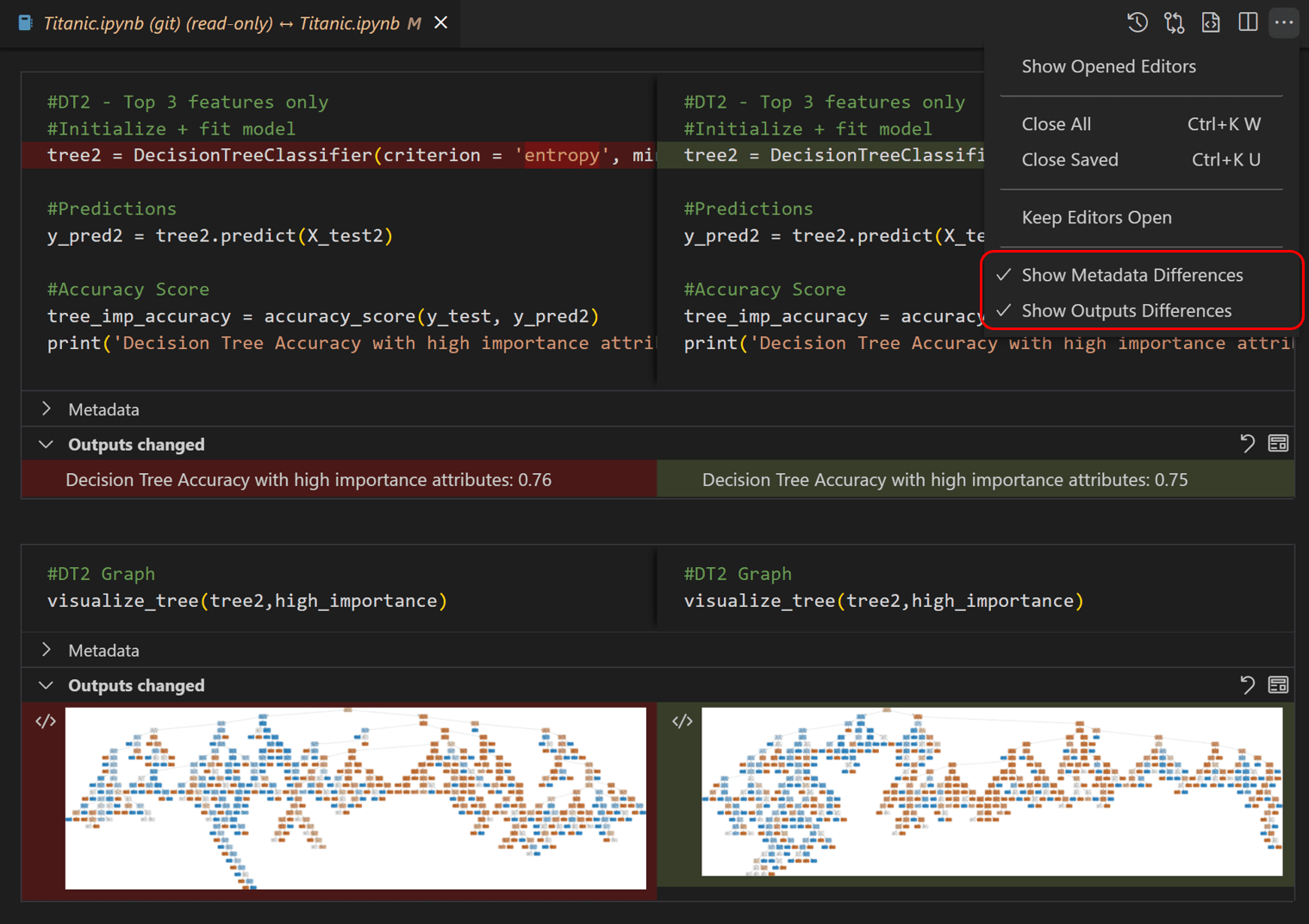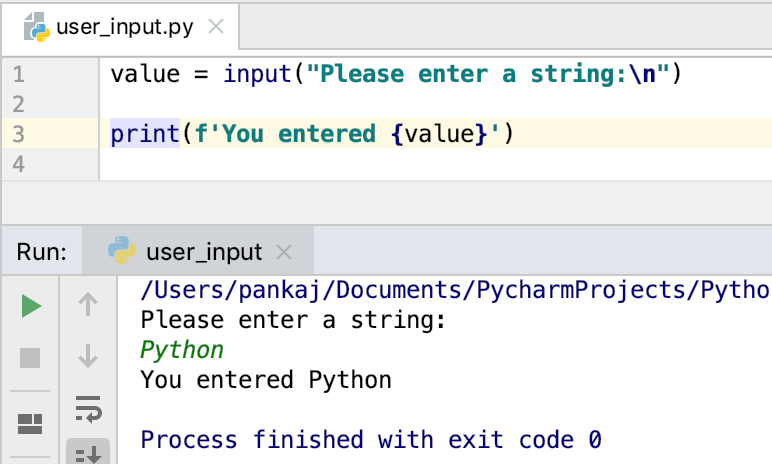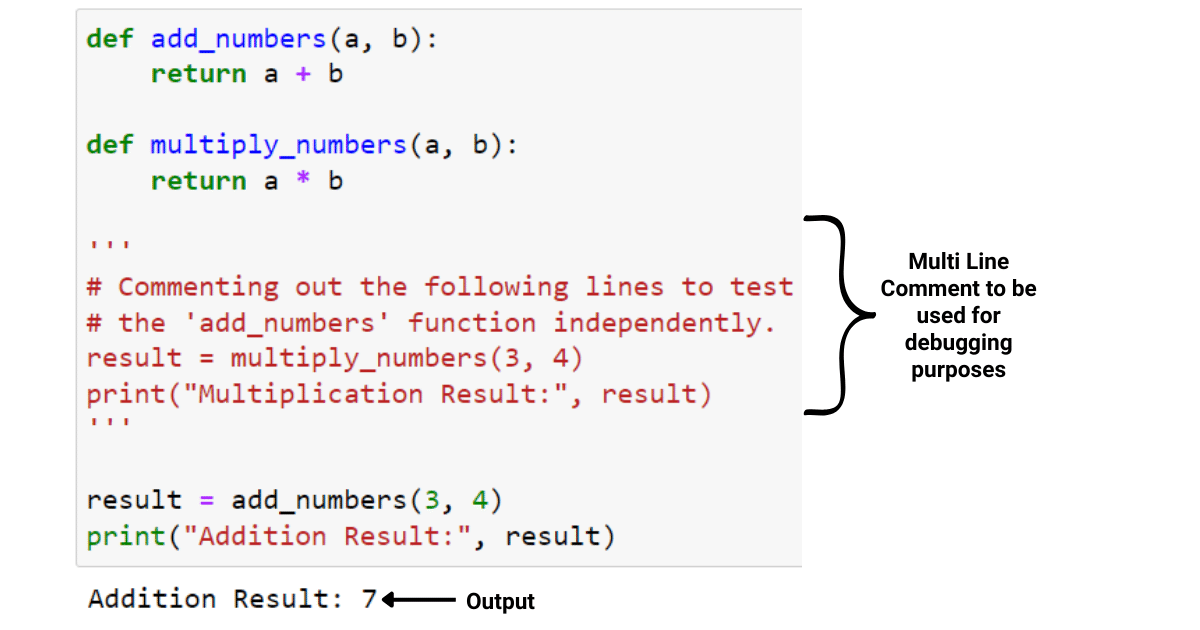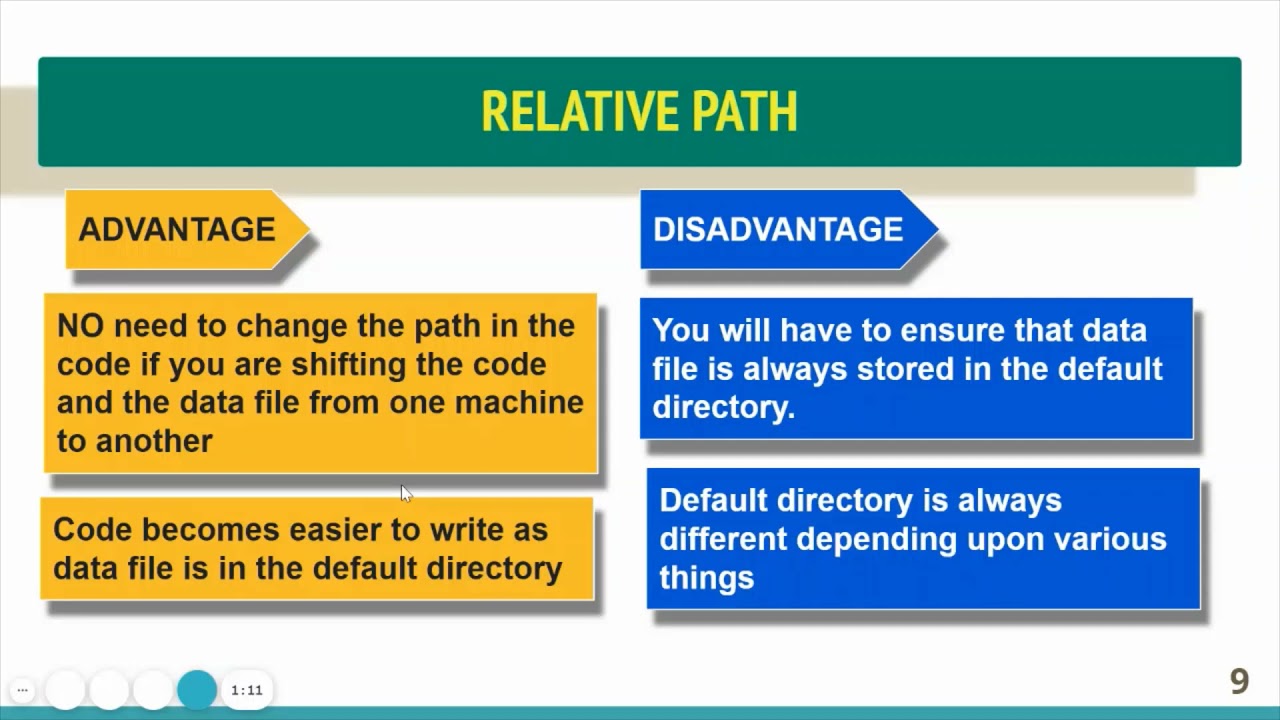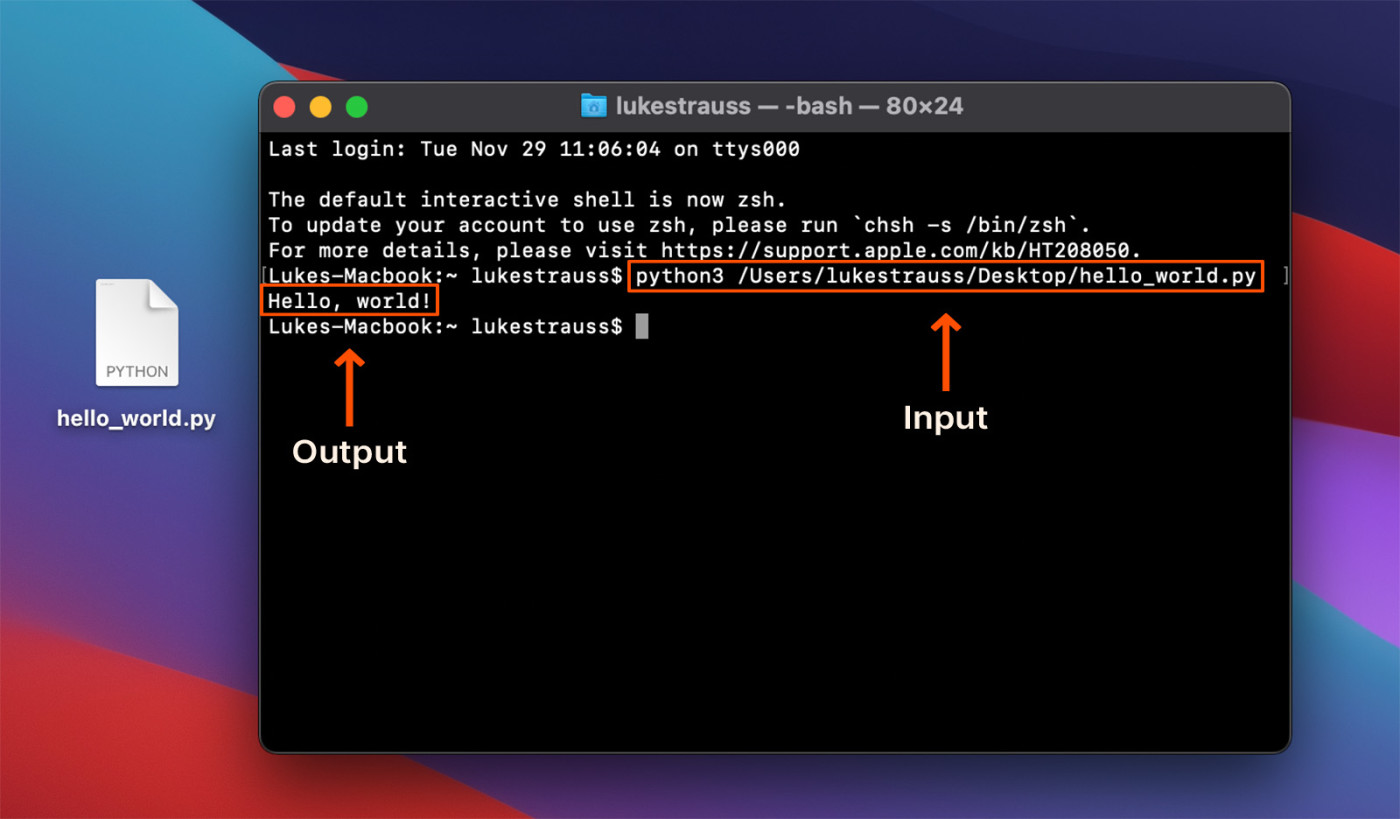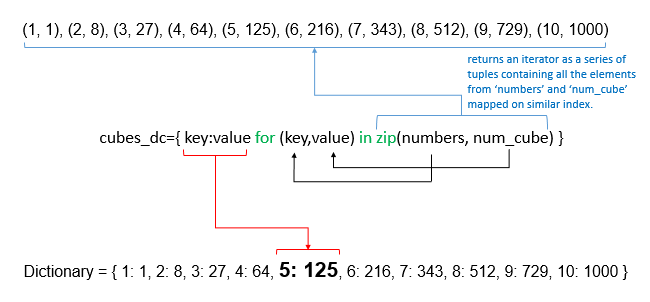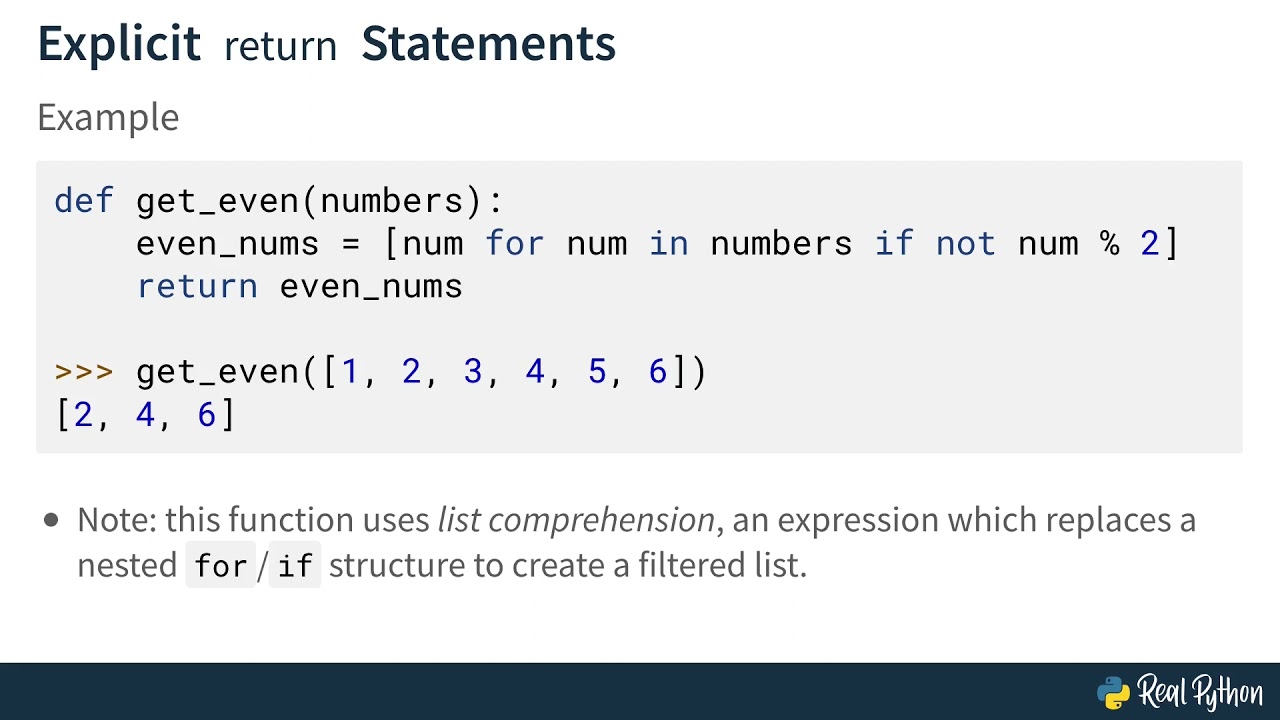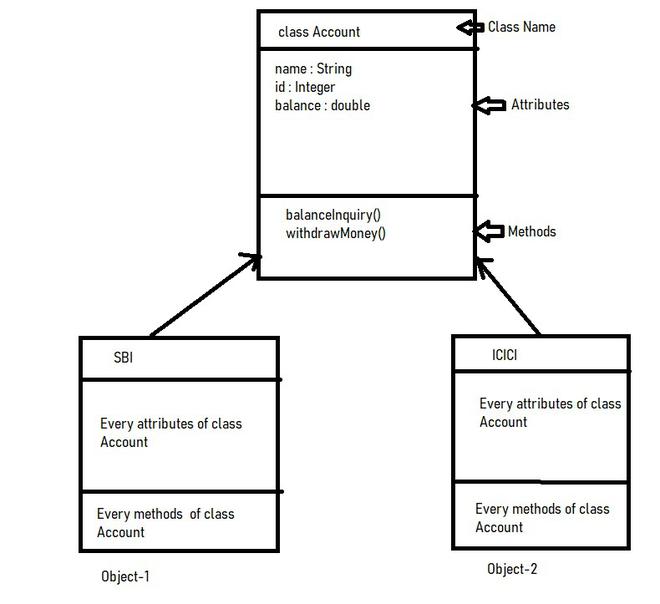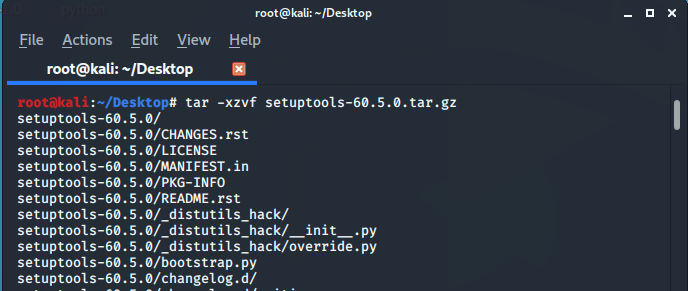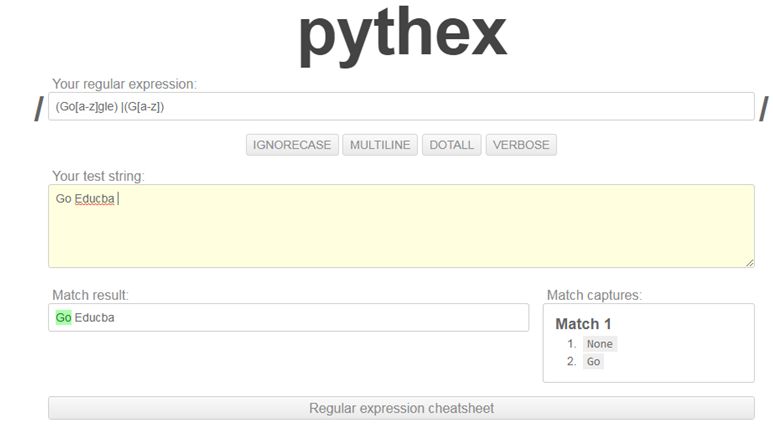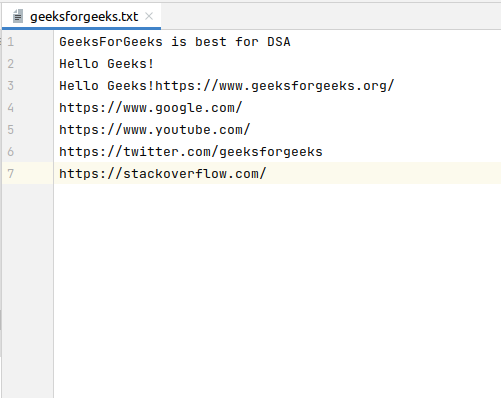How to test Python API locally?
How to test Python API locally?
I'm happy to help you with that! Testing a Python API locally is crucial to ensure that your API is functioning correctly and efficiently before deploying it to production. Here's a step-by-step guide on how to do so:
1. Set up a local development environment
Create a new directory for your project, and install the necessary dependencies using pip:
pip install requests Flask gunicorn pytest
For this example, we'll be using Flask as our web framework.
2. Define API routes and handlers
In your main.py file, define your API endpoints and their corresponding handlers:
from flask import Flask, jsonify
app = Flask(name)
@app.route('/api/endpoint', methods=['GET'])
def api_endpoint():
Your API logic goes here...
return {'message': 'Hello, World!'}
if name == 'main':
app.run(debug=True)
3. Run the API locally
To run your API locally, use the following command:
python main.py
This will start a development server, and you can access your API by visiting http://localhost:5000/api/endpoint in your browser.
4. Test your API using a testing framework (pytest)
Create a new file called test_api.py and install the pytest-flask package:
pip install pytest-flask
In your test_api.py file, define tests for your API endpoints:
import pytest
from main import app
@pytest.mark.parametrize('route', ['/api/endpoint'])
def test_endpoint(route):
client = app.test_client()
response = client.get(route)
assert response.status_code == 200
assert response.json['message'] == 'Hello, World!'
5. Run your tests
To run your tests, use the following command:
pytest test_api.py
This will execute your tests and report any failures or errors.
6. Use a tool like Postman or cURL to test API endpoints
You can also test your API endpoints using a tool like Postman or cURL. This is particularly useful for testing API endpoints that require authentication, headers, or other complex requests.
By following these steps, you've successfully tested your Python API locally using pytest and other tools. This ensures that your API functions correctly and efficiently before deploying it to production.
api testing using python requests

Here's a comprehensive guide on how to perform API testing using Python and the requests library.
What is API Testing?

API (Application Programming Interface) testing involves verifying that an application's API functions as expected, returning the correct data and responses. This process ensures that APIs are reliable, secure, and efficient for consuming applications.
Why Use Python Requests?
The requests library in Python provides a simple, intuitive way to send HTTP requests and interact with web services. Its popularity stems from its ease of use, flexibility, and extensive community support. Here's why you should choose Python requests for API testing:
requests library is easy to learn and use, making it suitable for both beginners and experienced developers. Flexibility: It supports a wide range of HTTP request types (GET, POST, PUT, DELETE, etc.) and allows you to customize headers, query parameters, and data payloads. Extensive community support: The requests library has an extensive user base, ensuring that any issues or questions you have will be addressed quickly.
How to Use Python Requests for API Testing
Here's a step-by-step guide on how to use the requests library for API testing:
requests library using pip:
pip install requests
requests library:
Specify API endpoint and method: Define the API endpoint URL and the HTTP request method (GET, POST, PUT, DELETE, etc.) you want to use:import requests
Set headers and query parameters (optional): If needed, set custom headers and query parameters for your API request:api_endpoint = "https://api.example.com/users"method = "GET"
Send the HTTP request: Use theheaders = {"Authorization": "Bearer YOUR_API_KEY"}params = {"page": 1}
requests library to send the HTTP request:
Verify API response: Inspect the response status code and content to ensure it meets your expectations:response = requests.request(method, api_endpoint, headers=headers, params=params)
Handle errors (optional): If you want to catch any exceptions or errors that occur during the API request, useif response.status_code == 200:print("API returned a successful response!")
else:
print(f"API returned an error: {response.text}")
try-except blocks:
Repeat and test different scenarios: Repeat the process for various API endpoints, methods, and parameter combinations to thoroughly test your API's functionality.try:response = requests.request(method, api_endpoint, headers=headers, params=params)
except requests.exceptions.RequestException as e:
print(f"Error occurred: {e}")
Best Practices and Tips
When using Python requests for API testing:
Test locally before moving to production: Use a local testing environment (e.g.,unittest framework) to ensure your API tests work as expected. Keep your tests independent and modular: Structure your tests so that each test is self-contained and easy to understand, reducing maintenance and debugging time. Use descriptive variable names: Choose meaningful variable names to improve code readability and reduce confusion. Document your tests and results: Keep a record of your API tests and their outcomes for future reference and auditing purposes.
By following these steps and best practices, you can effectively use Python requests to perform API testing and ensure the reliability and security of your APIs.
